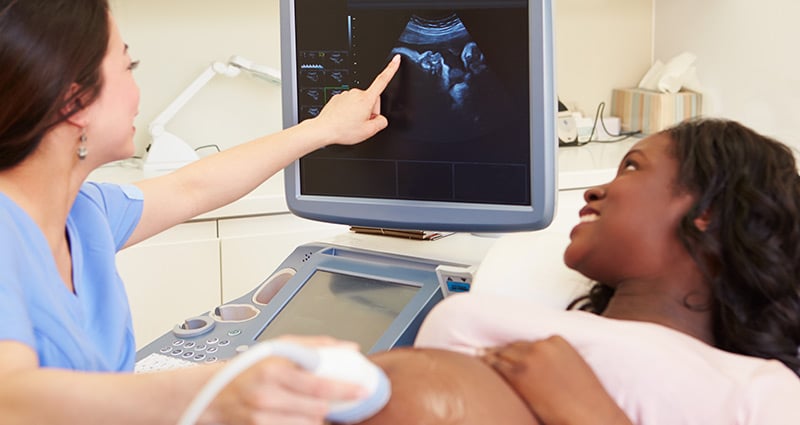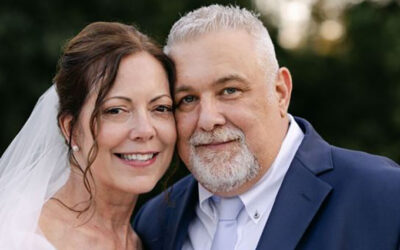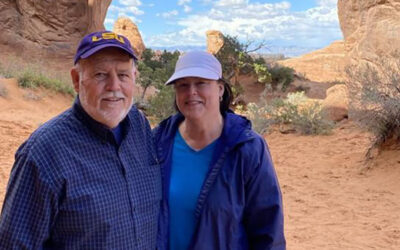A 20-week anatomy scan, a standard for OB care for expecting moms, is exciting for parents because that’s typically the first time their baby’s gender can be revealed.
That ultrasound, typically done halfway through the pregnancy, provides so much information, such as the structure and creation of their little one’s heart.
Albert Gutierrez, MD, pediatric cardiologist in Lafayette with Our Lady of Lourdes Women’s & Children’s Hospital, shares what parents can learn about their baby’s heart in addition to whether they’re having a boy or a girl.
Hearts Develop First
The heart is the first system established in the womb, often before a woman even knows she is pregnant. Birth defects of the heart occur when it doesn’t develop normally during those early weeks of pregnancy. Such defects are usually identified by an obstetrician.
During the anatomy scan, any irregularity in the baby’s heart rate can be discovered, and any structural abnormalities of the heart would likely be seen. If kidney abnormalities are found, the heart also needs to be a focus of follow-up care, as the heart and kidneys are tied together during their initial development. Genetic abnormalities can also be found on a fetal ultrasound.
Prenatal Heart Care
Finding these on a 20-week anatomy scan would lead to closer evaluation of the baby’s heart to rule out any structural heart disease. That type of pre-birth follow-up care is done via fetal echocardiogram in a pediatric cardiologist’s office.
How Many Babies Have Heart Problems at Birth?
Structural abnormalities in the infant’s heart are congenital heart disease, which means they are present at birth. In most cases, we don’t know why the defects occur, although some can run in families or be related to a disease the mother has, such as diabetes.
Eight out of every 1,000 babies are born with structural heart disease, according to the National Heart, Lung and Blood Institute. This figure is time proven. Out of those eight, two or three would have severe heart disease that may require surgery. All would receive ongoing care to monitor throughout their childhood and beyond.
Learn more about the detection of heart defects in unborn babies from the American Heart Association.




